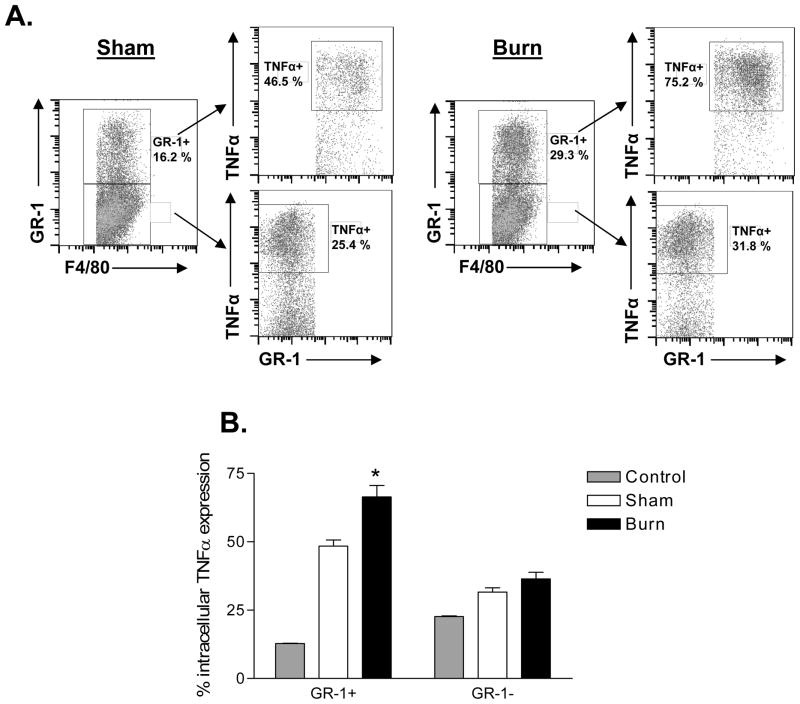Figure 3. GR-1+ macrophages from burn-injured mice express significantly higher TNFα following in vivo challenge with LPS.
Groups of mice underwent sham or burn injury. Seven days later, mice were challenged with LPS (10 mg/kg) by i.p. injection. After 30 minutes, spleens were harvested into medium containing Brefeldin A (10 μg/ml) to prevent cytokine release. Cells were plated in C-5 medium and cultured at 37° C with Brefeldin A (10 μg/ml) for an additional 3 hours. Cells were stained with fluorescently-labeled anti-GR-1, -F4/80, and intracellular -TNFα specific antibodies. The FACS plots in (A) illustrate the intracellular TNFα staining profile in GR-1+ and GR-1− macrophages for day 7 sham versus burn mice. The data plotted in (B) represents combined TNFα expression staining in GR-1+ versus GR-1− macrophages from the spleens of sham versus burn mice at day 7 after injuries. Data are expressed as mean ± SEM of n=8 mice per group. GR-1+ macrophages from burn mice showed a significant increase (*, p<0.05) in intracellular TNFα expression as compared to sham mice.

